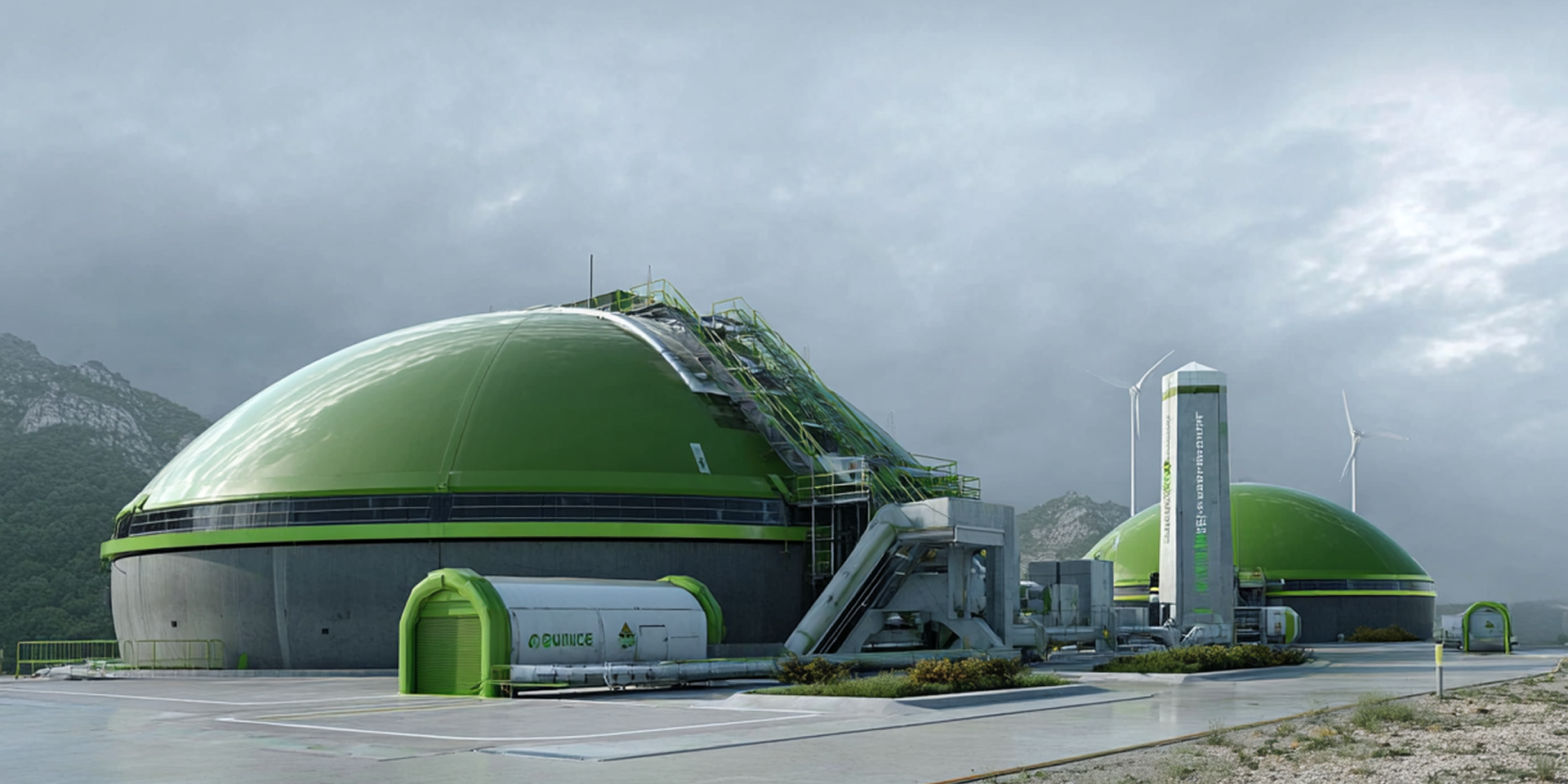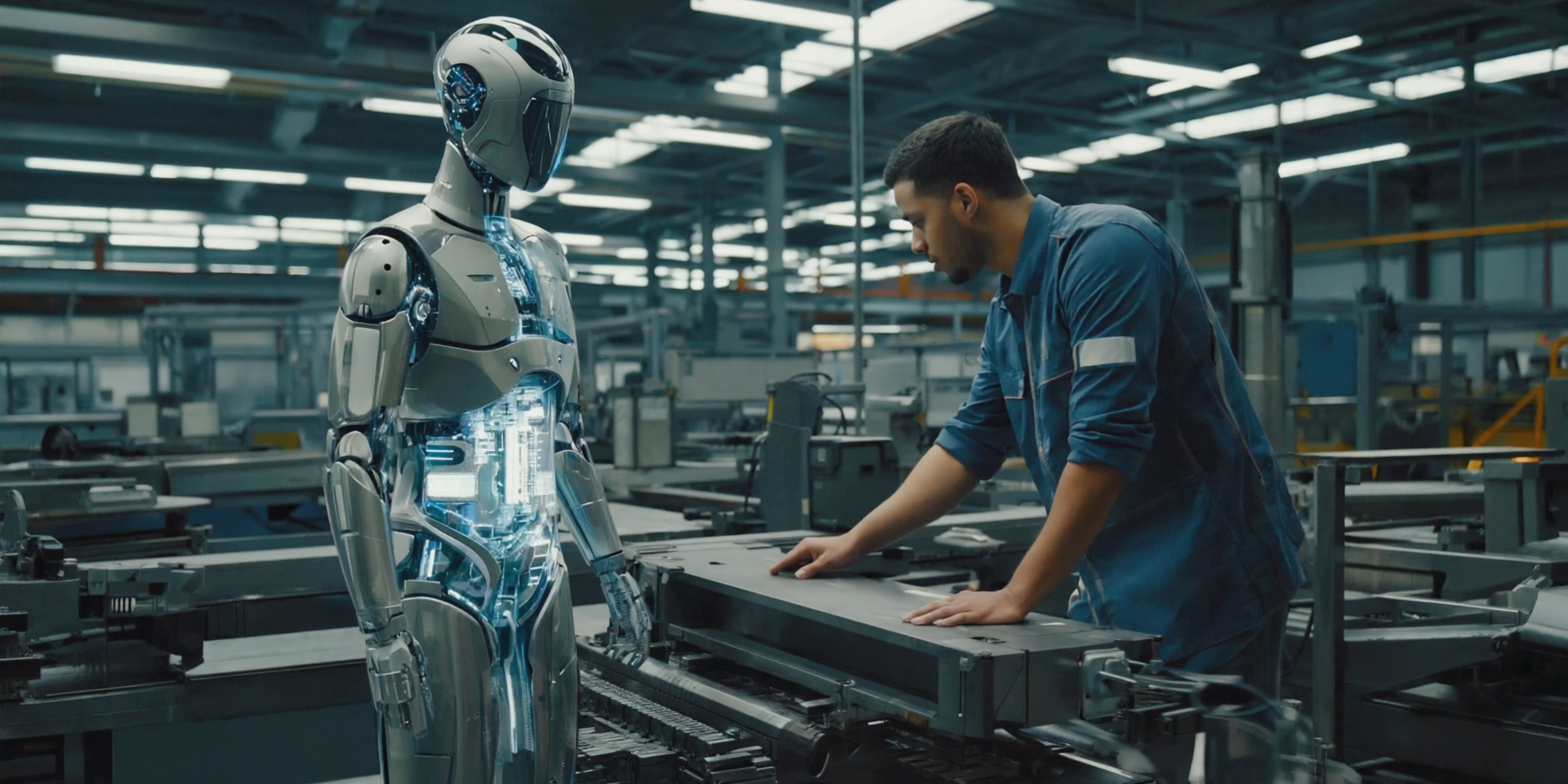Technological innovation in agricultural biogas as a driver of the circular economy
Italian agriculture is becoming a true producer of renewable energy, with the goal of achieving the decarbonization targets set at the European level. This transformation is a technological innovation for the energy transition.
A key player in this change is “Biogasfattobene” (“Biogas-well-done”), an innovation driven by significant investments, such as the €1.9 billion from the NRRP (National Recovery and Resilience Plan), which aim to produce 2.3 billion cubic meters of biomethane by 2026.
Anaerobic Digestion
The Anaerobic Digestion process is at the heart of biogas production. It is a biological process that occurs in the absence of oxygen, where microorganisms break down organic matter to produce gas. Recent technological innovations have made this process much more efficient, allowing for the treatment of a wider variety of materials.
Here are some of the most important technological innovations worth mentioning:
- High-solids digestion: Ideal for treating fiber-rich agricultural waste, such as manure and crop residues, which are traditionally difficult to process. This technology increases the biogas yield, making energy recovery from these materials more efficient.
- Two-stage processes: These separate the digestion phases (hydrolysis and methanogenesis) to have better control over the process, increase system stability, and achieve higher overall efficiency.
- Advanced technologies like SMASH: The Sequential Multiple Anaerobic Stages with Hydrogen (SMASH), developed by Alps Ecoscience, integrates hydrogen into the process to achieve even higher biogas yields.
The Pre-treatment of Biomass
Before the organic matter enters the digester, it is essential to prepare it properly. The pre-treatment of biomass is a crucial step that optimizes biogas production by increasing its exposed surface area and biodegradability.
Firstly, the pre-treatment method can be mechanical, which is very effective for fibrous materials like straw because it shreds and grinds the materials to increase their surface area and facilitate the action of microorganisms.
The pre-treatment can also be thermal, where heat (from 70°C to 180°C) is applied to break down complex chemical structures, making the biomass easier to digest and reducing the presence of pathogens.
Finally, the pre-treatment method can be chemical, through the use of acids, bases, or enzymes that dissolve hard-to-break chemical bonds (like those in lignocellulose), improving the material’s digestion.
Innovation in the sector has made it possible to expand the range of materials that can be used to produce biogas. In addition to traditional agricultural waste like manure, it is now possible to use: food waste from the industry, dedicated energy crops, organic industrial waste, and sewage sludge.
Integrating these processes with wastewater treatment systems represents a further opportunity to improve efficiency and reduce costs.
Digestate: an example of a circular economy
The by-product of anaerobic digestion is called digestate. Although it might be considered mere waste, digestate is a valuable resource that represents a perfect example of a circular economy. Rich in organic matter, it can be used as a natural fertilizer on fields.
This not only improves soil quality and its resilience to climate change but also reduces dependence on chemical fertilizers, which are often produced from fossil fuels. It could be considered like a technological innovation for the energy transition.
The future of Biomethane in Europe
The investments from the NRRP and the current geopolitical context have accelerated the growth of the biomethane sector in Europe, highlighting its strategic importance for energy security.
Research and development, in collaboration with universities and CIB (Italian Biogas Consortium), continue to drive innovation, finding sustainable solutions to add value to agricultural by-products.
Through biogas and biomethane, Italian agriculture is proving to be a key player in the energy transition, combining technological innovation, environmental sustainability, and economic competitiveness. This well-established path can offer a more sustainable future for our country and for all of Europe.






